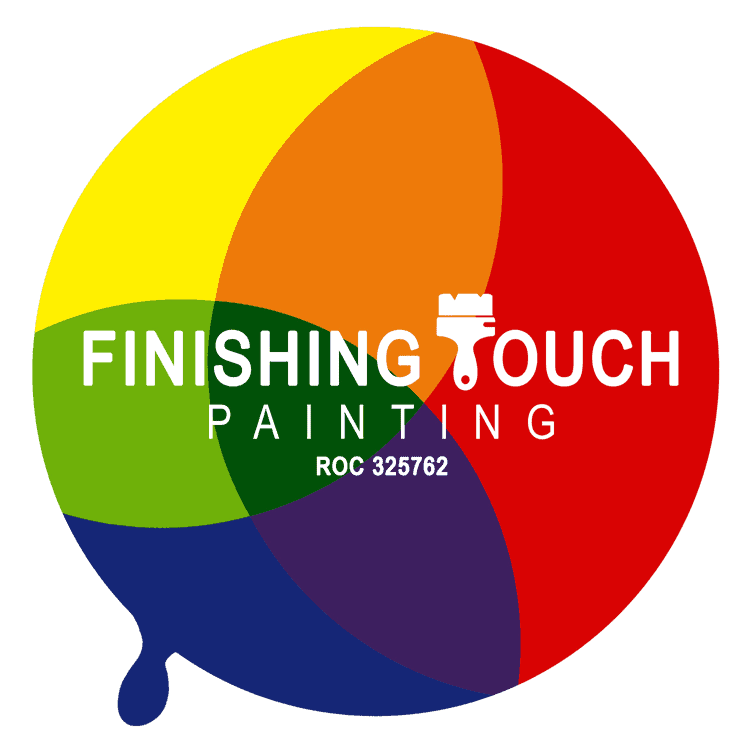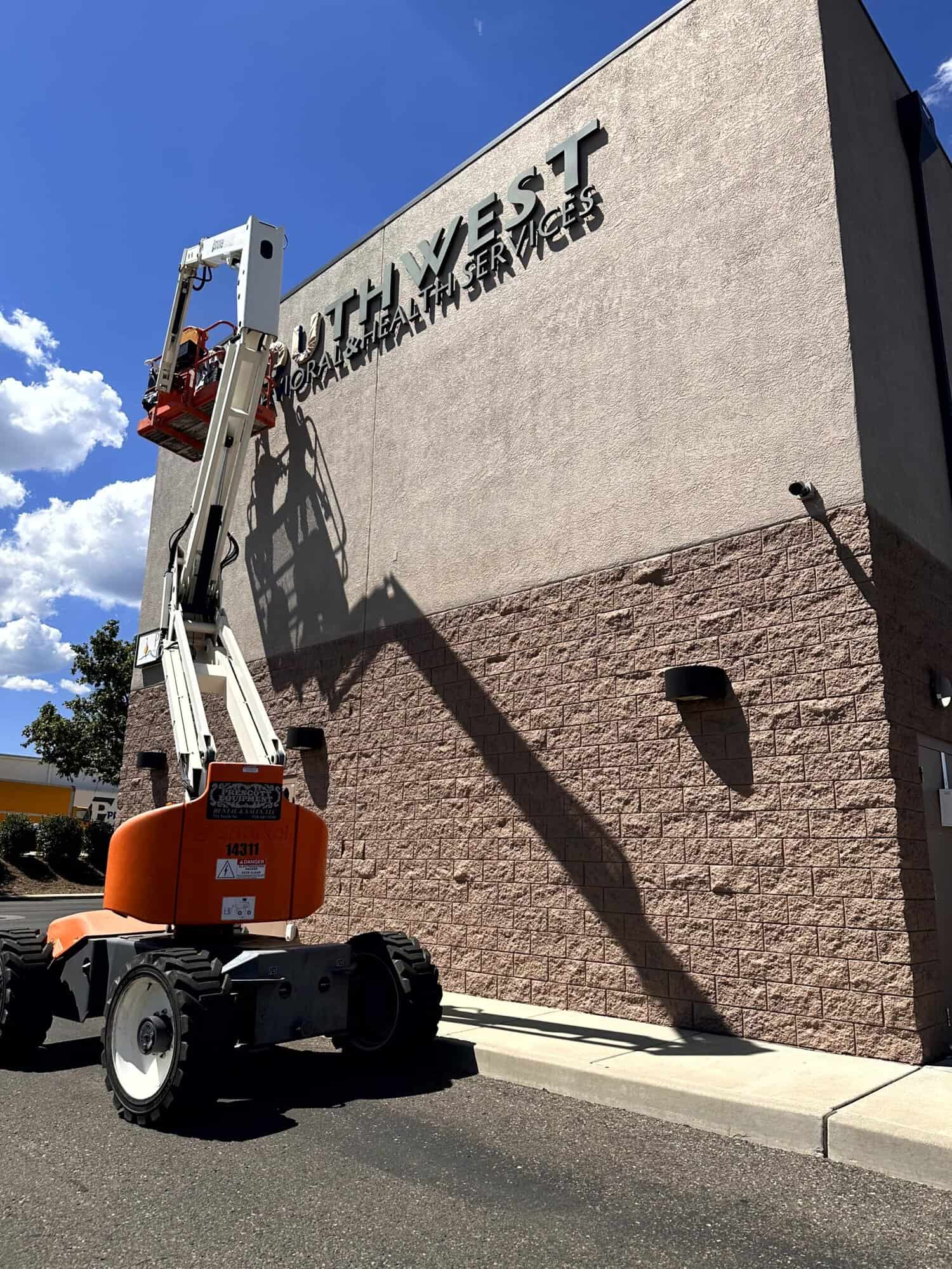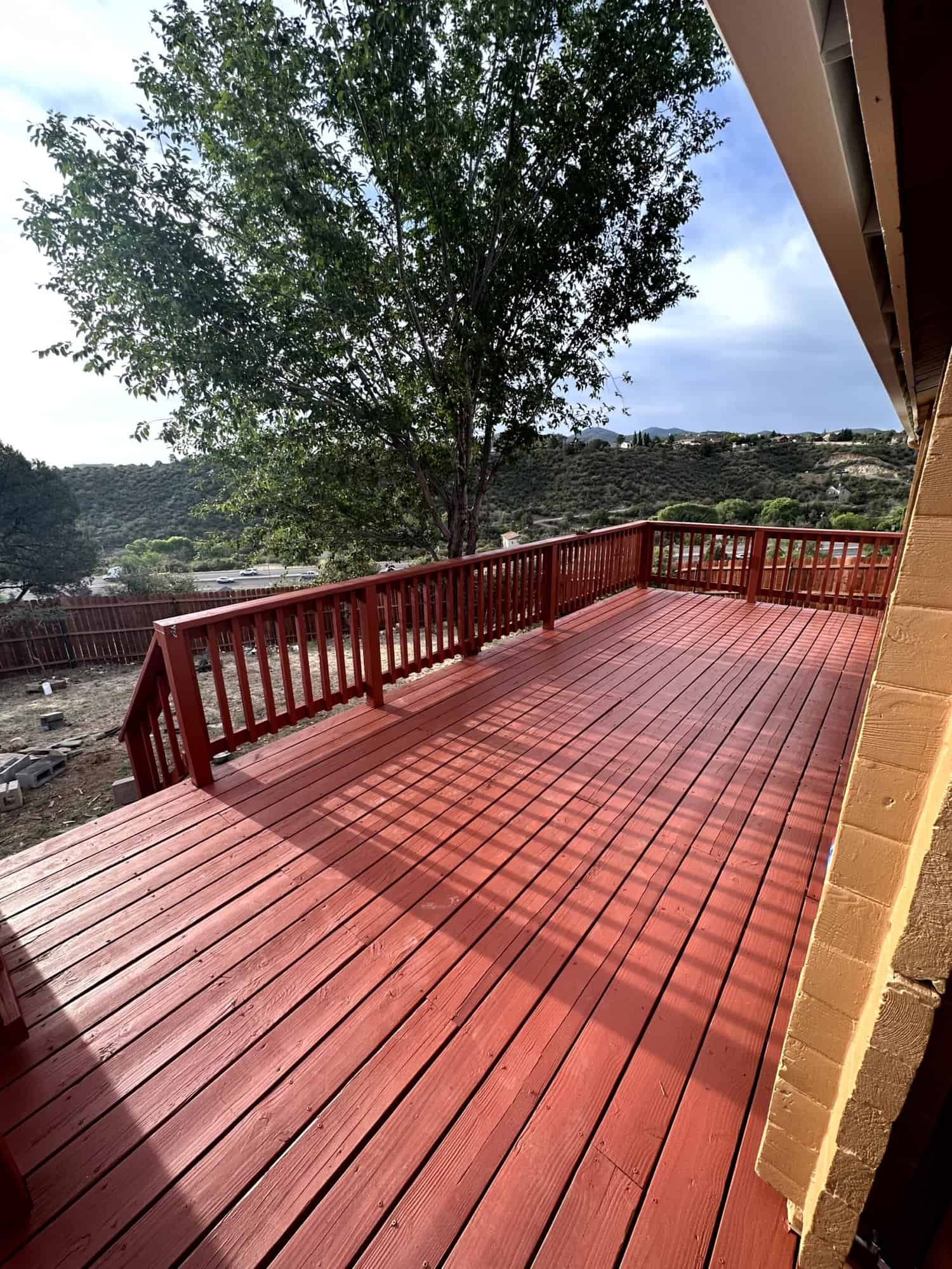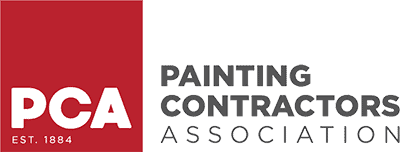You’ve finally carved out a weekend, picked the perfect paint color, and lined up your supplies. But then… you spot it. Mold. Clinging to your siding, lurking beneath the eaves, staining the trim. Suddenly, that smooth exterior repaint doesn’t feel so simple.
If you’re unsure which method—pressure washing or manual scrubbing—is right for removing mold before painting, you’re not alone. Each has its merits, but choosing poorly could cost you both time and results.
This guide is here to help. We’ll break down how both approaches work, their strengths and weaknesses, and when it’s smart to call in a professional. Whether your siding is brick, wood, vinyl, or stucco, getting mold removal right before painting is one of the most important decisions you’ll make.
Why Mold Must Be Removed Before You Paint
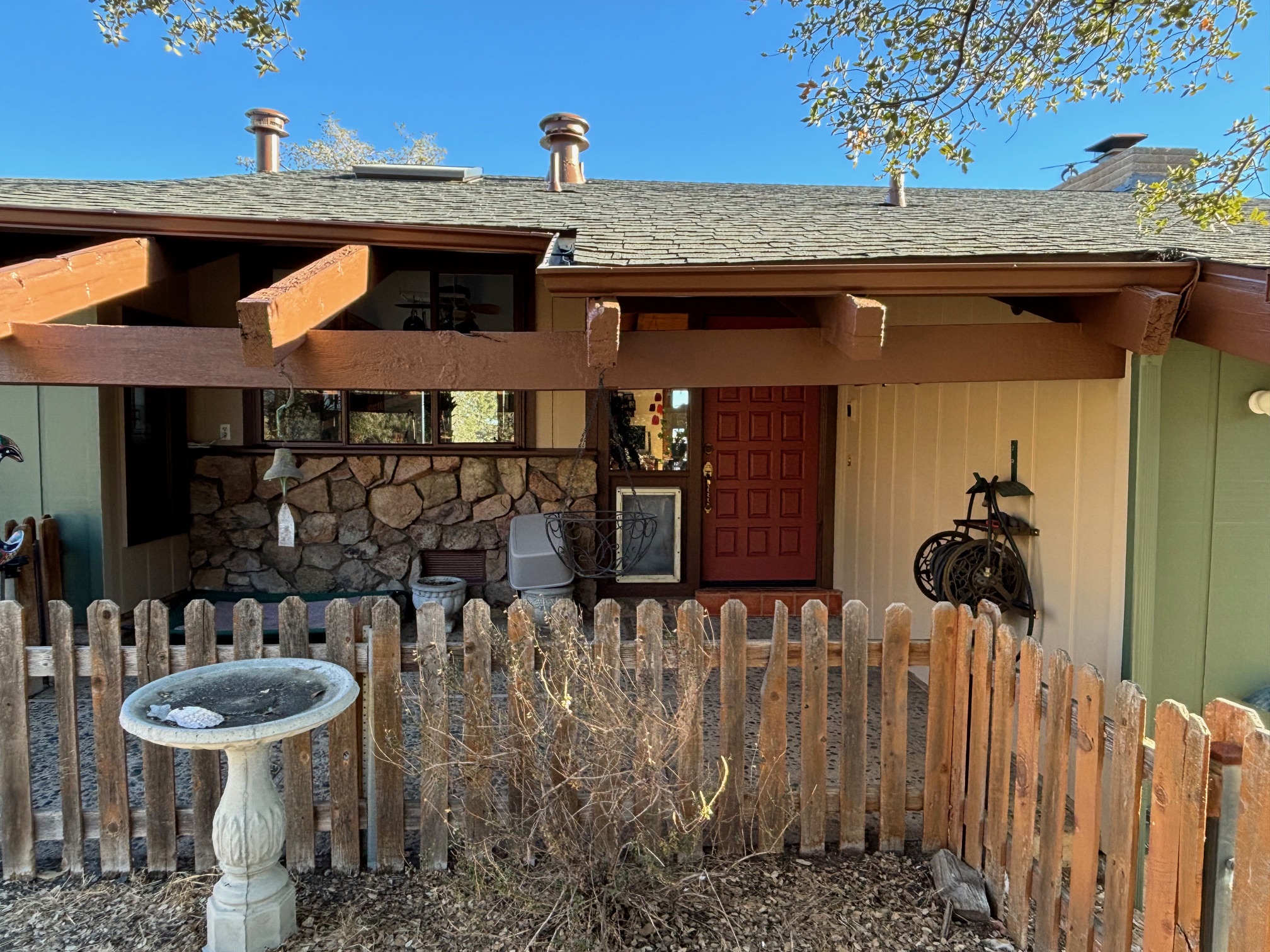
Think you can just “paint over it and forget it”? Think again. Mold doesn’t just ruin the look of your home—it sabotages the paint job from the start.
Mold and mildew create a slick, unstable surface that paint simply can’t stick to. You might get away with it for a few months, but you’ll see the consequences soon enough: peeling, bubbling, cracking—and then repainting. Again.
More than that, mold holds moisture. That wetness seeps into your siding, triggering wood rot, metal corrosion, and even internal wall damage. And if your house has wood siding or trim, those repairs aren’t cheap.
Health-wise, mold isn’t just a visual issue. It releases airborne spores that aggravate asthma and allergies. And contrary to popular belief, painting doesn’t “seal it in.” It traps it—and often accelerates growth beneath the surface.
“Prepping right may take longer, but skipping it guarantees you’ll repaint sooner.”
Method #1: Pressure Washing for Mold Removal
Pressure washing is one of the fastest and most popular ways to clean large, moldy areas. But it’s not a one-size-fits-all fix.
How It Works
A pressure washer uses a powerful jet of water—typically between 1,300 and 3,000 PSI (pounds per square inch)—to blast away mold, dirt, and debris. You can use plain water or inject mold-specific cleaners to improve results.
For homes with heavy buildup or multiple stories, pressure washing is a serious time-saver. You can cover large sections of siding in minutes, not hours.
Pros
-
Speed: Clears away years of grime quickly.
-
Depth: Reaches into cracks, brick pores, and textured stucco that hand-scrubbing can’t.
-
Multifunctional: Removes flaking paint, cobwebs, dust, and algae as well.
-
Reach: Great for gutters, fascia, soffits, and second-story areas.
Cons
But it’s not without risk.
-
Too strong for soft or painted surfaces: Older wood siding, painted trims, and aging caulk may get stripped or gouged.
-
Water intrusion: If aimed wrong, water can be forced beneath vinyl siding or into window seals—creating new mold issues.
-
Technique matters: The wrong nozzle, angle, or PSI setting can do real damage.
-
Learning curve: Most homeowners underestimate how hard it is to use correctly.
Ideal Use Cases
Pressure washing shines on:
-
Brick and cement exteriors
-
Stucco or rough fiber cement board
-
Multi-story homes with lots of surface area
-
Siding with years of mold, algae, or mildew buildup
Important: Don’t aim directly at electrical fixtures, vents, or window trim. And always test on a small, hidden section first.
Method #2: Scrub Brush Cleaning (Manual Mold Removal)
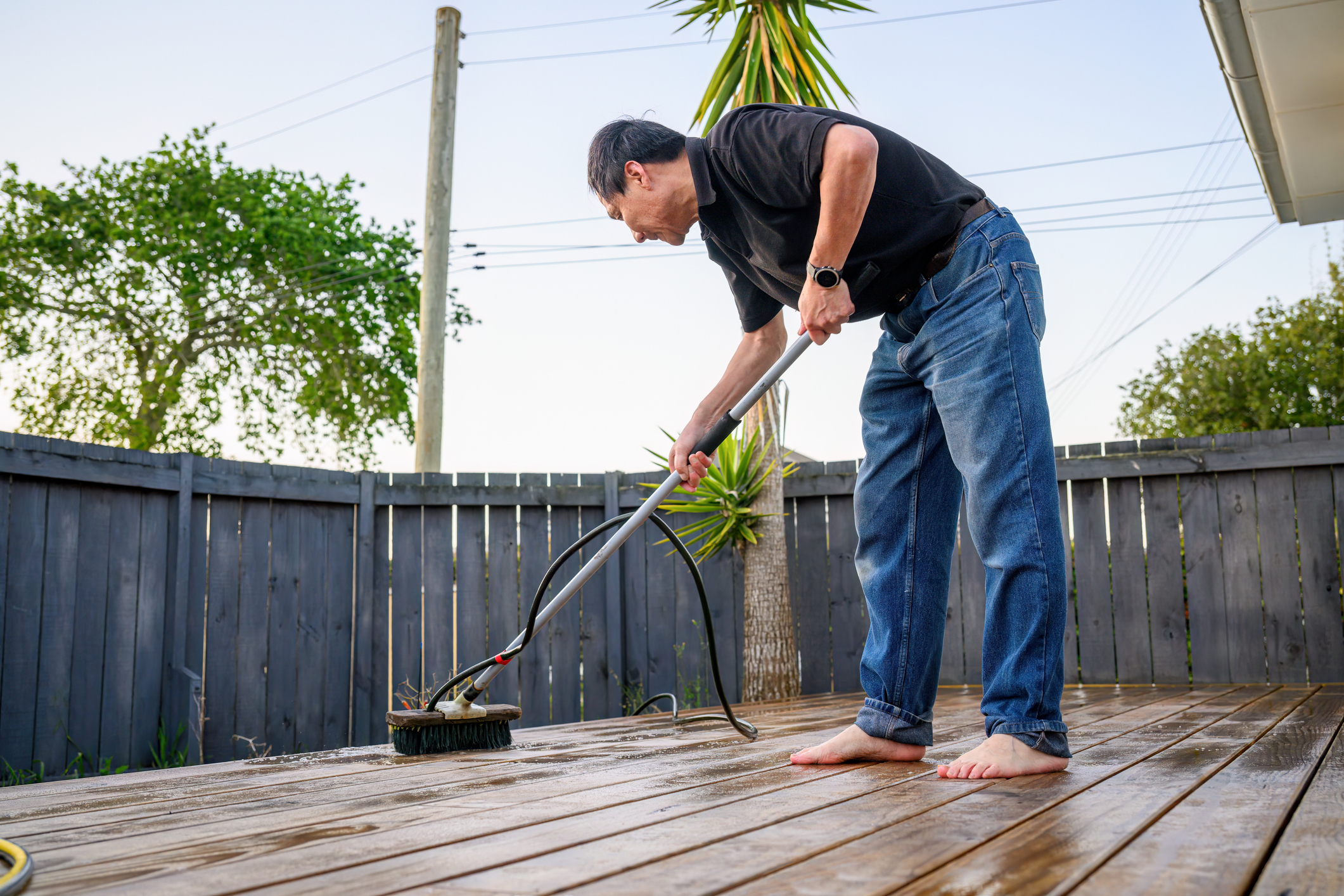
Slow and steady may not win races, but in mold removal, it might just win your paint job.
How It Works
Manual scrubbing involves applying a mold cleaner—like a bleach solution, hydrogen peroxide, or a commercial mold remover—allowing it to sit (“dwell time”), then scrubbing the area with a soft or nylon-bristled brush. Finally, rinse with a garden hose.
This method gives you more control, particularly on delicate areas or historic homes.
Pros
-
Surface safety: Much less likely to damage paint, wood grain, or caulking.
-
Precision: Great for trim, corners, railings, and siding that needs special attention.
-
Lower cost: No equipment rental—just cleaners, brushes, and elbow grease.
-
No water intrusion risk: You’re not driving high-pressure water into joints or seals.
Cons
-
Time-consuming: Be prepared to spend several hours, especially if your home’s surface is large or heavily stained.
-
Physical labor: Scrubbing can be tiring, especially overhead or on ladders.
-
Access issues: Reaching second-story areas safely may require scaffolding or pro help.
-
Variable results: Pressure is controlled by you—so consistency can be a challenge.
Ideal Use Cases
Manual scrubbing is best for:
-
Painted wood and decorative trim
-
Spot-treating small moldy patches
-
DIYers with a one-story home or manageable surface area
-
Preserving historical or aging exteriors
Tip: Use a long-handled extension pole and adjustable-angle brush head. It’ll save your back—and reduce ladder trips.
Comparison Chart: Pressure Washer vs. Scrub Brush
Here’s a quick head-to-head comparison to help you decide:
| Feature | Pressure Washer | Scrub Brush (Manual) |
|---|---|---|
| Speed | Fast | Slow |
| Surface Coverage | Great for large areas | Spot-specific or trim-level |
| Surface Safety | May damage soft surfaces | Gentle and controlled |
| Mold Removal Power | High | Moderate to high (with effort) |
| Paint Damage Risk | Medium to high | Low |
| Cost | $$ (rental or buy) | $ (cleaner + brush) |
| Skill Level Needed | Moderate to high | Low |
Homeowner Pain Points: What’s Your Biggest Concern?
Here’s where most homeowners get tripped up—not by the mold itself, but by fear of what happens if they clean the wrong way.
“I don’t want to damage my home’s exterior.”
“I’m nervous about heights or ladders.”
“Will my siding hold up to a pressure washer?”
The truth? There’s no universal answer. It depends on your siding, paint condition, and how much mold you’re dealing with.
Ask Yourself:
-
Is the siding painted wood, vinyl, or fiber cement?
-
Is the mold widespread or just spotty?
-
Is the existing paint flaking or stable?
-
Are you physically up for the work—or does safety come first?
Try this: Pick a small, hidden section of siding. Clean it with your preferred method and see how it reacts. This can help prevent larger mishaps later.
Safety First: What You Need to Know

Whether you choose pressure washing or manual scrubbing, safety isn’t optional. Mold spores, strong cleaners, and slippery surfaces can all pose real hazards.
For Pressure Washing:
-
Use protective eyewear and gloves at all times
-
Choose a 40° fan nozzle for delicate surfaces
-
Use a low PSI (1,300–1,800) around paint, wood, or caulk
-
Keep a safe distance from electrical outlets and fixtures
For Manual Scrubbing:
-
Wear a mold-rated respirator (N95 minimum)
-
Never mix bleach with other cleaners (especially ammonia)
-
Scrub in shaded areas to avoid product breakdown
-
Rinse thoroughly—and let dry at least 24–48 hours before painting
Weather matters too. Cleaning just before a rainstorm? You’ll trap more moisture than you remove. Choose a dry, mild day with no storms on the radar.
When to Call a Professional
Sometimes, DIY just doesn’t cut it—especially when the mold keeps coming back, or the risks start outweighing the reward.
When to Call in the Pros:
-
You’ve cleaned before… and the mold returns
-
You’re prepping for a major exterior paint job
-
You have a two-story home or difficult roofline
-
Your siding is fragile, historic, or already failing
-
Health concerns prevent working with mold or harsh cleaners
What Professionals Bring:
-
Specialized pressure washing techniques (less risk, better results)
-
Mold-inhibiting treatments to stop regrowth
-
Moisture detection tools to find hidden leaks
-
Surface prep bundled into full paint services
-
Product warranties and service guarantees
Pro Tip: Many exterior painters include mold removal as part of their quote—just ask. You might get both services in one, with fewer headaches and better peace of mind.
The Best Tool is the One That Fits Your Home
Here’s the bottom line: Mold must go before paint goes on. That’s non-negotiable.
Whether you pressure wash or hand-scrub, your decision should match your home’s needs—not just your weekend energy level. A 1940s cottage with wood siding? Probably scrub. A large brick colonial covered in mildew? Pressure wash—carefully.
There’s no “perfect” tool. There’s only the one that gets the job done safely, thoroughly, and without sabotaging your future paint job.
If you’re still unsure, call in a pro for a quick evaluation. Contact us today!
Can I use a pressure washer on wood siding?
Yes—but only at low PSI (under 1,500) and with a wide nozzle. Always test first.
What’s the safest cleaner for painted surfaces?
Look for bleach-free, biodegradable mold removers labeled safe for painted or sealed surfaces.
How long should I wait to paint after mold cleaning?
Always wait 24–48 hours for surfaces to fully dry, especially in humid weather.
